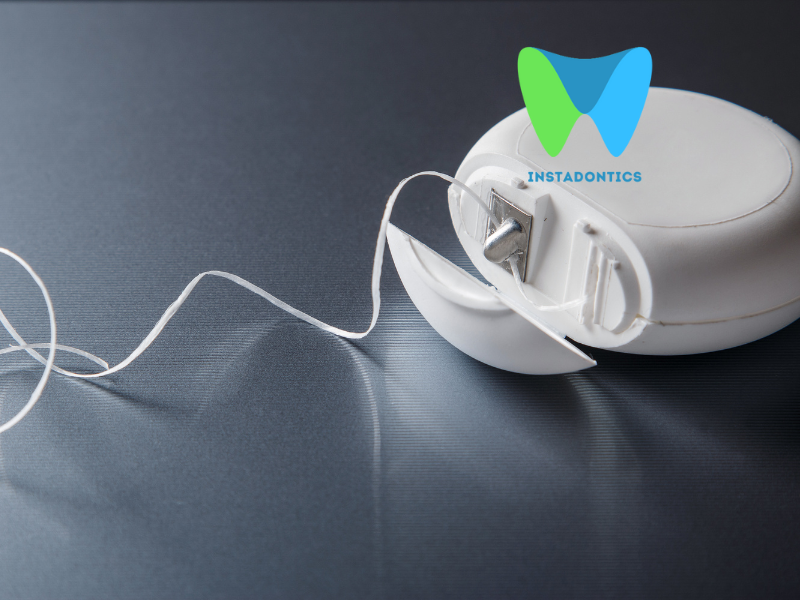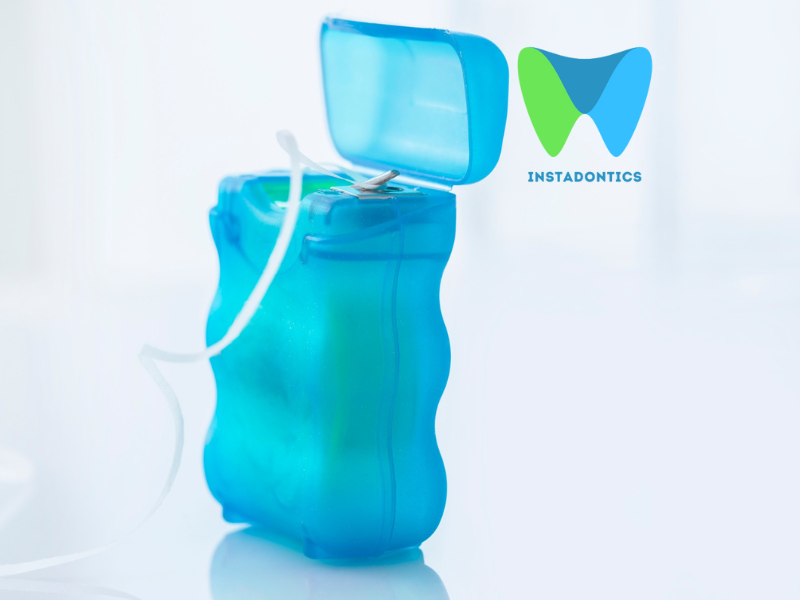Plaque build-up on teeth is a common dental issue that can lead to cavities, gum disease, and other oral health problems if not managed properly. Understanding how to prevent plaque accumulation is essential for maintaining a healthy smile. In this in-depth blog post, we will explore what plaque is, its causes, and effective strategies to prevent plaque build-up.
What is Plaque?
Plaque is a sticky, colorless film of bacteria that forms on your teeth and gums. It develops when bacteria in the mouth combine with food particles, saliva, and other substances. If not removed through proper oral hygiene, plaque can harden into tartar (calculus), which can only be removed by a dental professional.
The Importance of Preventing Plaque
Preventing plaque build-up is crucial for several reasons:
- Cavity Prevention: Plaque produces acids that attack tooth enamel, leading to cavities and tooth decay.
- Gum Health: Plaque can irritate the gums, leading to gingivitis, which is characterized by inflammation, redness, and bleeding. If left untreated, it can progress to more severe gum disease (periodontitis).
- Bad Breath: The bacteria in plaque can contribute to halitosis (bad breath), making it essential to keep plaque at bay for fresh breath.
- Overall Health: Poor oral hygiene and plaque build-up have been linked to systemic health issues, including heart disease and diabetes.
Effective Strategies to Prevent Plaque Build-Up
1. Maintain a Consistent Oral Hygiene Routine
The foundation of plaque prevention is a consistent oral hygiene routine. Here are the key components:
- Brush Your Teeth Twice a Day: Use a soft-bristled toothbrush and fluoride toothpaste to brush your teeth for at least two minutes, twice a day. Focus on all surfaces of your teeth, including the outer, inner, and chewing surfaces.
- Use Proper Brushing Technique: Hold your toothbrush at a 45-degree angle to your gums and use gentle circular motions to clean your teeth effectively. Avoid aggressive scrubbing, as this can damage enamel and irritate gums.
- Don’t Forget Your Tongue: Bacteria can accumulate on the tongue, contributing to plaque and bad breath. Gently brush your tongue or use a tongue scraper as part of your oral hygiene routine.
2. Floss Daily
Flossing is essential for removing plaque and food particles from between your teeth and along the gumline, where your toothbrush may not reach. Here’s how to floss effectively:
- Use the Right Technique: Take about 18 inches of dental floss and wrap it around your middle fingers, leaving a few inches to work with. Gently slide the floss between your teeth, curving it around each tooth in a C-shape and moving it up and down along the side of the tooth.
- Be Gentle: Avoid snapping the floss into your gums, as this can cause irritation. Instead, use a gentle sawing motion to avoid injury.
Related: Air Floss vs Water Floss: Which Is Better?
3. Rinse with Mouthwash
Using an antimicrobial mouthwash can help reduce plaque build up and bacteria in your mouth. Look for mouthwashes that contain fluoride or have antibacterial properties. Rinse according to the instructions on the product label, typically after brushing and flossing.
4. Maintain a Healthy Diet
Your diet plays a significant role in plaque prevention. Here are some dietary tips:
- Limit Sugary Foods and Drinks: Sugars feed the bacteria in plaque, leading to acid production and enamel erosion. Reduce your intake of candies, sodas, and sugary snacks.
- Choose Crunchy Fruits and Vegetables: Foods like apples, carrots, and celery can help clean your teeth naturally and stimulate saliva production, which helps wash away food particles and neutralize acids.
- Stay Hydrated: Drinking plenty of water helps rinse away food particles and bacteria, keeping your mouth hydrated and reducing plaque build-up.
5. Chew Sugar-Free Gum
Chewing sugar-free gum after meals can help stimulate saliva production, which aids in neutralizing acids and washing away food particles. Look for gum containing xylitol, as it has been shown to reduce cavity-causing bacteria.
6. Regular Dental Check-Ups
Routine dental visits are essential for maintaining oral health and preventing plaque build-up. Here’s why:
- Professional Cleanings: Dental hygienists can remove tartar that has built up on your teeth, which cannot be eliminated through brushing and flossing alone.
- Early Detection of Issues: Regular check-ups allow your dentist to identify early signs of cavities or gum disease, enabling prompt treatment.
- Personalized Advice: Your dentist can provide tailored recommendations for your oral care routine based on your specific needs and concerns.
7. Consider an Electric Toothbrush
Electric toothbrushes can be more effective at removing plaque than manual brushes, especially those with oscillating or rotating heads. They often come with built-in timers to ensure you brush for the recommended duration. If you choose to use an electric toothbrush, make sure to use it correctly to maximize its benefits.
Related: Electric vs Manual Toothbrushes | Which is better?
Preventing plaque build-up is essential for maintaining good oral health and preventing cavities and gum disease. By following a consistent oral hygiene routine, flossing daily, using mouthwash, maintaining a healthy diet, and scheduling regular dental check-ups, you can effectively reduce plaque accumulation and promote a healthy smile. Remember, your oral health is an integral part of your overall well-being, so take proactive steps to keep your teeth and gums in top condition. If you have any concerns about plaque build-up or your oral hygiene routine, don’t hesitate to consult your dentist for personalized advice and recommendations.



